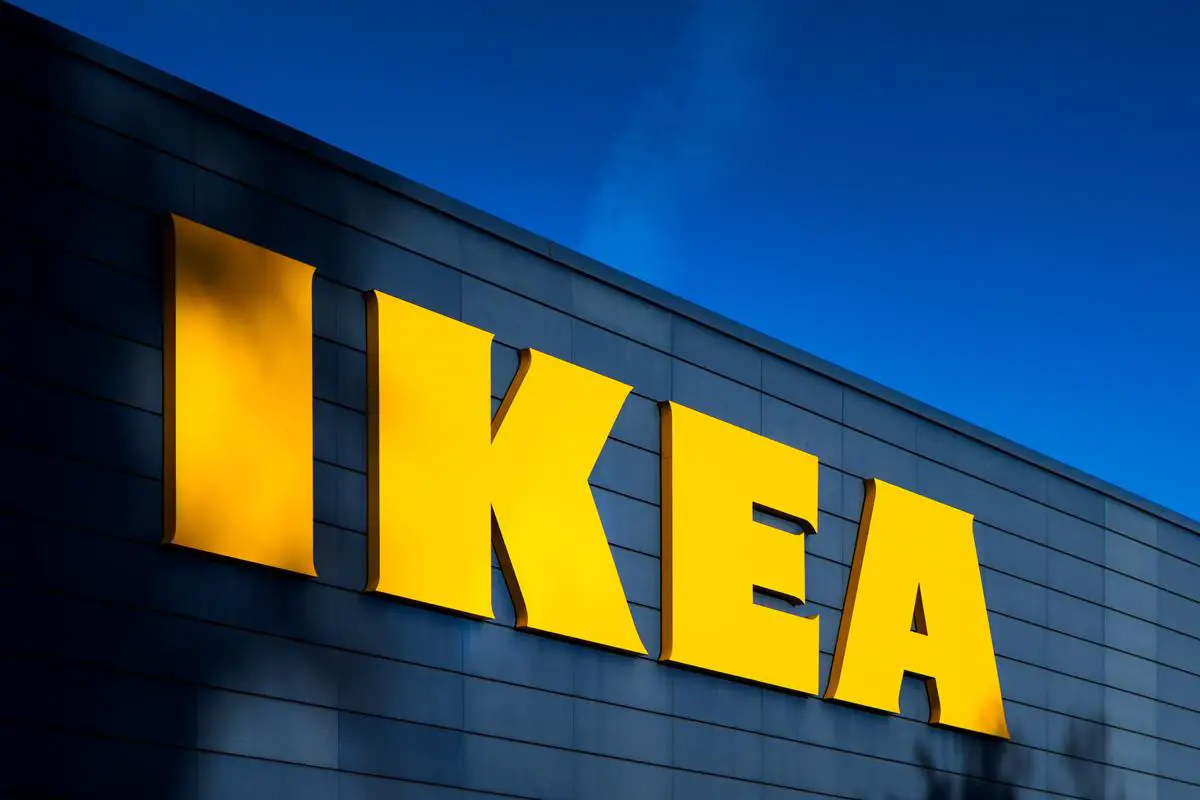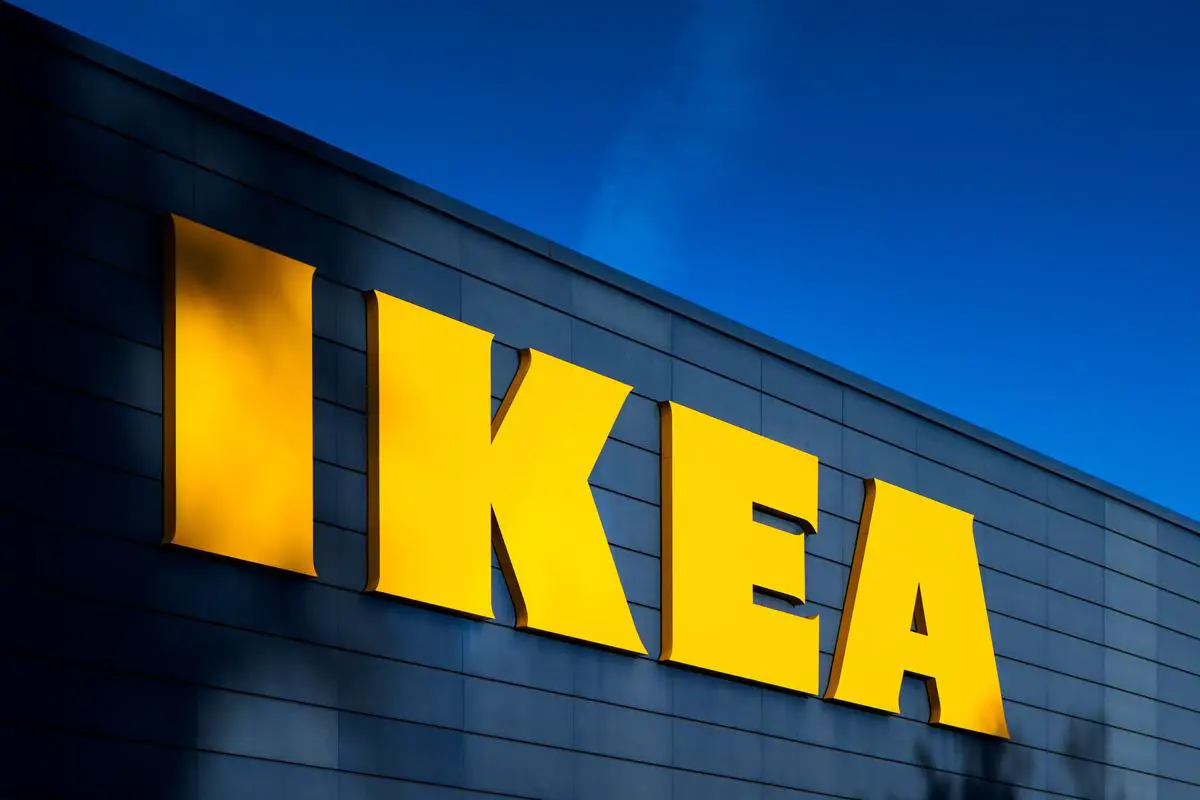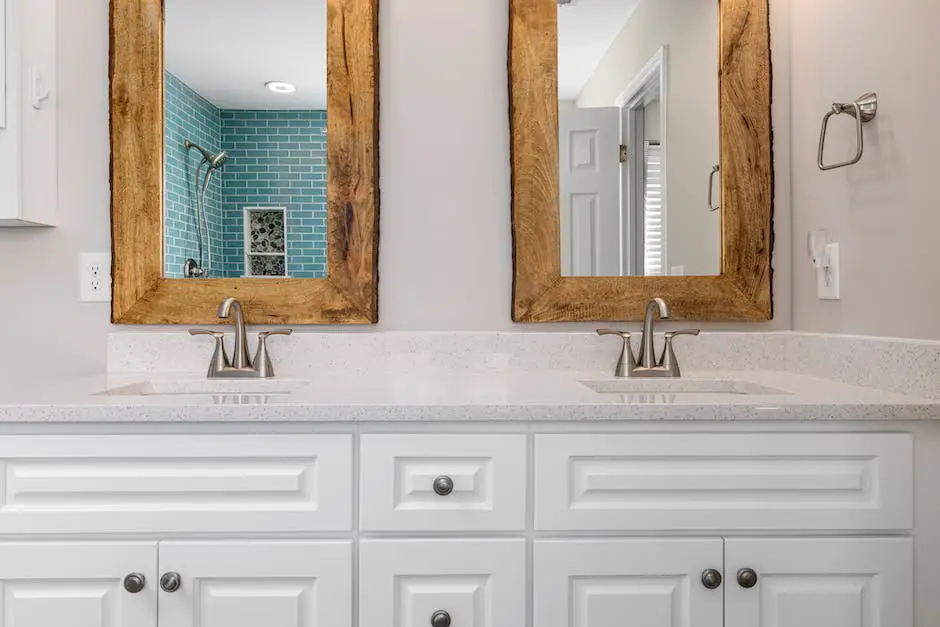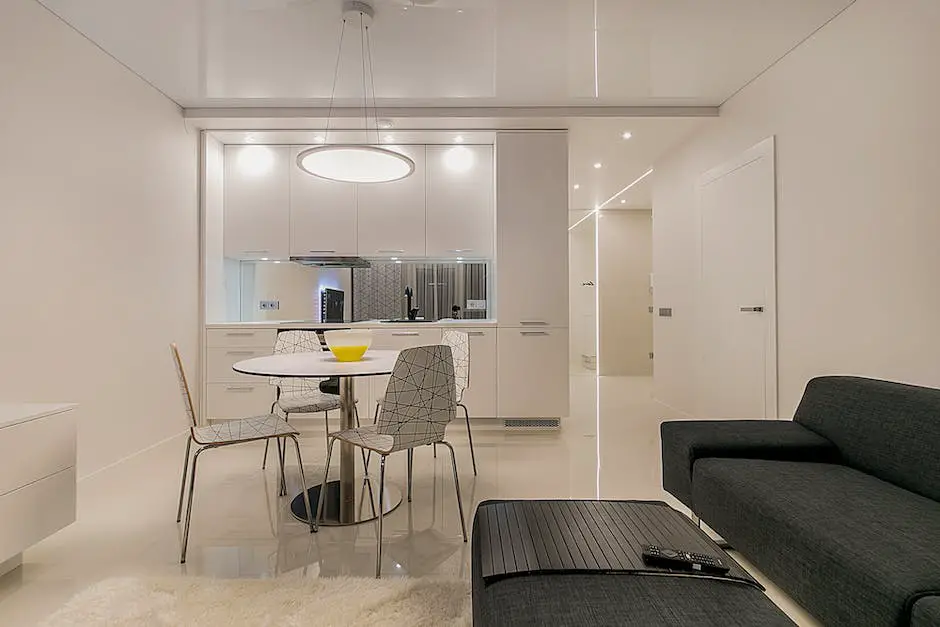As increasing numbers of people become more environmentally conscious, it is important to explore how everyday household items can contribute to a more sustainable lifestyle. One company that has made a significant effort to offer eco-friendly products is IKEA, a globally recognized furniture and home goods retailer. This article will provide an overview of various IKEA products that aim to minimize environmental impact, conserve resources, and promote sustainable living.
Sustainable materials in IKEA eco-friendly products
Introduction
IKEA, a well-known multinational home furnishing company, is committed to offering sustainable and eco-friendly options to its customers by utilizing several sustainable materials in their products.
Bamboo Products
One of these materials is bamboo, which is known for being a strong, durable, and fast-growing renewable resource. With a significantly lower environmental impact compared to traditional wood, bamboo is a fantastic option for environmentally-conscious shoppers. IKEA has introduced various products made from bamboo such as cutting boards, storage solutions, and furniture, thereby providing customers with affordable and eco-friendly home essentials.
Recycled Materials
In addition to bamboo, IKEA has been an advocate of using recycled materials in their products. For example, the company has launched the KUNGSBACKA kitchen range which uses a unique blend of recycled wood and PET bottles to create a durable and sustainable material for kitchen cabinets. This not only gives new life to discarded materials, reducing waste in landfills, but also lowers the carbon footprint of the manufacturing process. By prioritizing and incorporating recycled materials, IKEA continues to play its part in promoting green consumerism and helping people reduce their environmental impact.
Responsible Wood Sourcing
Responsible wood sourcing is another essential aspect of IKEA’s sustainability journey. As a large user of wood, the company takes its role in forest management seriously by ensuring wood for their furniture comes from responsibly managed forests. IKEA has set a goal to source 100% of their wood from more sustainable sources, such as Forest Stewardship Council (FSC) certified forests or recycled wood, by 2020. This commitment ensures that the forests are protected from deforestation and illegal logging, preserving biodiversity and natural habitats for future generations.
Researching Alternative Materials
Moreover, to reduce their reliance on wood, IKEA actively invests in researching alternative materials that are more sustainable like mushroom packaging. This biodegradable material is made from mycelium, a type of fungus, and is a suitable replacement for traditional foam or plastic packaging. It can decompose within weeks and is renewable, thereby reducing the waste produced through the usage of common packaging materials.
IKEA’s Commitment to Sustainability
As a world-renowned Swedish furniture retail giant, IKEA is dedicated to embracing eco-friendly practices and offering a range of products to promote sustainable living among their customers. Their broad selection of energy-saving solutions includes LED lighting, solar panels, and energy-efficient appliances, which not only minimize a household’s environmental footprint but can also result in significant cost savings on utility bills over time.

Photo by adamkolmacka on Unsplash
Energy-saving IKEA solutions
Sustainability Score: IKEA’s Impactful Initiative
One of IKEA’s strategies to empower customers to make conscious, eco-friendly decisions is the introduction of a sustainability score for their products. This valuable information enables customers to compare and assess the environmental impact of their home furnishings, helping them prioritize and choose the most sustainable options. As IKEA continues to emphasize the use of eco-friendly materials in its offerings, it contributes to a healthier planet and inspires other companies to follow suit, paving the way for a greener future.
LED Lighting
One staple of IKEA’s energy-saving solution is the use of LED lighting technology. LEDs are much more efficient than traditional incandescent or compact fluorescent bulbs and can last up to 25 times longer. IKEA offers a wide variety of affordable LED bulbs, lamps, and fixtures, making it easy for anyone to make the switch to a more energy-efficient lighting solution. LED lights consume 85% less energy and last up to 20 times longer than incandescent bulbs. IKEA continues its move toward sustainability by phasing out all non-LED lighting from its product range, demonstrating the company’s dedication to protecting the environment.
Solar Panels
Along with offering energy-saving lighting solutions, IKEA now also offers solar panels to its customers in selected markets. SOLSTRALE, IKEA’s range of residential solar panels, is designed to help consumers make a worthwhile investment to reduce household electricity costs while also decreasing their carbon footprint. IKEA understands that solar panels are integral to the future of renewable energy sources, and they aim to make the technology more accessible and affordable for the average homeowner. Their solar panels use the highest-quality technology available to produce the maximum amount of clean energy for every consumer.
Energy-Efficient Appliances
Furthermore, IKEA takes great care in ensuring that its kitchen appliances are energy-efficient, minimizing their environmental impact and lowering energy costs for customers. The company offers a variety of energy-efficient appliances, including induction cooktops, energy-saving refrigerators, and dishwashers designed to conserve water and energy without sacrificing performance. These Energy Star-certified appliances save customers money in the long term while also benefiting the environment.
Environmentally-Friendly Electronics
IKEA recognizes the importance of sustainability and offers a range of environmentally-friendly electronic products to promote eco-consciousness among its customers. Energy-saving kitchen appliances aside, IKEA provides devices such as battery chargers with improved energy efficiency, reducing both energy consumption and waste. Additionally, power management systems like the IKEA STROMA minimize a household’s energy usage by automatically turning off devices on standby mode when not in use. By incorporating these energy-saving solutions, IKEA remains committed to reducing the environmental impact of everyday products.

Photo by adamkolmacka on Unsplash
Water-saving IKEA products
Water Conservation with IKEA’s Eco-Friendly Products
Continuing their dedication to sustainable living, IKEA also offers products designed to conserve water and promote efficient usage. Among these offerings are water-saving faucets and showerheads, which combine functionality and aesthetic appeal with reduced water consumption. These carefully designed fixtures help customers lower their water bills while conserving valuable resources, further exemplifying IKEA’s commitment to environmental responsibility.
Water-saving faucets and showerheads
IKEA’s range of water-saving faucets and showerheads incorporate special aerators and flow regulators to reduce water flow without sacrificing performance. For instance, the brand’s OLSKAR and DALSKAR faucets both come with built-in water-saving aerators that reduce the flow by up to 50% compared to traditional faucets. Similarly, the VALLAMOSSE and BROGRUND showerheads feature pressure-compensating flow regulators that ensure consistent water pressure while reducing water consumption. The sleek and modern designs of these eco-friendly products ensure they blend seamlessly with a variety of bathroom styles.
Extra eco-friendly benefits
The eco-friendly benefits of IKEA’s water-saving products extend beyond simple water conservation. Some of the brand’s faucets, such as the AERKLAUDER kitchen faucet, also include integrated sensors for touchless operation. This not only eliminates the need for manual adjustments but also reduces the spread of germs and bacteria, promoting a healthier living environment.
Commitment to sustainability
IKEA’s commitment to sustainability further extends to the materials used in their water-saving products. Conscious material selection, such as using high-quality brass and stainless steel for faucet construction, ensures product longevity and minimal environmental impact during the manufacturing process. Additionally, the brand encourages customers to recycle their old faucets and showerheads through its “Take Back” program, further reducing waste and promoting a circular economy.
In Conclusion
IKEA, widely recognized for its commitment to sustainability and eco-friendly practices, offers a range of water-saving products that enable customers to effectively reduce water consumption while retaining the aesthetic appeal and functionality of their bathrooms and kitchens. These innovative faucets and showerheads are a testament to the brand’s dedication to sustainable materials and recycling programs, ultimately promoting a more eco-conscious lifestyle and helping to preserve the world’s water resources for future generations.

IKEA’s circular economy initiatives
IKEA’s Sustainable Practices
As a global leader in the home furnishing industry, IKEA continuously emphasizes its dedication to sustainability through the integration of circular economy principles into its product design and operations. IKEA’s ambitious circular economy initiatives aim to minimize waste, prolong the useful life of its products, and ultimately reduce the company’s environmental impact. From water-saving fixtures to recycling programs, IKEA’s innovative approach to sustainable practices continues to set the bar for eco-conscious living.
Easily Recyclable Products
One of IKEA’s notable circular economy initiatives is its commitment to designing products that are not only durable but also easily recyclable. The company aims to inculcate sustainable practices right from the design stage to ensure that its products have a longer service life. This involves prioritizing materials that are renewable and recyclable, such as wood, metal, and glass. In addition, IKEA is focusing on modularity and reparability of its products, making it easier for customers to replace individual parts instead of disposing of whole items.
Buyback and Recycling Programs
Beyond product design, IKEA has also implemented innovative buyback and recycling programs to encourage its customers to participate in its circular economy efforts. The company launched a furniture buyback pilot program in select countries, allowing customers to sell back their used IKEA products in exchange for store credit. This program effectively encourages re-commerce and furthers IKEA’s mission to prolong the lifecycle of its products and divert waste from landfills while providing customers with an affordable and eco-friendly way to furnish their homes.
Advanced Technology and Processes for Recycling
IKEA is also leveraging advanced technology and processes to facilitate the recycling and repurposing of old products. The company has implemented large-scale recycling facilities at many of its stores, ensuring that customers can easily dispose of their used IKEA items in an environmentally responsible manner. Moreover, IKEA collaborates with third-party organizations to convert these discarded materials into new products, such as energy-efficient LED lights, bio-based plastics, and eco-friendly textiles.
Furniture Rental Program
In an ongoing effort to promote sustainability, IKEA is constantly seeking innovative ways to support a more eco-friendly and circular economy. One such initiative is the introduction of a furniture rental program in select markets. This program allows customers to rent items temporarily, reducing product waste and promoting responsible consumption. By incorporating circular economy principles into its operations and product offerings, IKEA not only minimizes its own environmental impact but also provides consumers with environmentally-friendly options and opportunities to contribute to a greener future.

Small-space solutions for sustainable living
Small-Space Solutions
Another approach IKEA uses to foster eco-friendly living is through its inventive small-space solutions. These sustainable designs emphasize multi-functional furniture and smart storage choices, empowering consumers to make the most of the limited space in their homes or apartments. By offering versatile and creative products tailored to individuals with small living spaces, IKEA encourages a reduced environmental footprint and inspires more sustainable lifestyles.
Multi-Functional Furniture
A key aspect of IKEA’s small-space solutions is the development of multi-functional furniture. These products serve multiple purposes, allowing users to conserve space and reduce the need for numerous single-purpose items. For instance, IKEA offers convertible sofas that can be easily transformed into beds, as well as dining tables with built-in storage compartments. By creating adaptable and flexible furniture, IKEA encourages more efficient use of resources and materials, ultimately promoting eco-friendly living.
Smart Storage Solutions
Additionally, IKEA’s smart storage solutions help homeowners efficiently organize their spaces while also preventing waste and excess consumption. Through intelligently designed organizational tools such as wall-mounted storage units, stackable drawers, and customizable shelving systems, IKEA allows consumers to optimize their living spaces without compromising on style or functionality. These practical yet stylish storage options help minimize clutter and promote a more mindful approach to material possessions, contributing to a more sustainable way of life.
Sustainable Materials
Furthermore, IKEA’s commitment to sustainable living extends beyond its product offerings. The company continually invests in green initiatives such as using renewable materials and promoting recycling. Many of the small-space solutions are made from sustainable materials like bamboo and recycled wood, ensuring that the production processes are eco-friendly. This focus on environmental responsibility bolsters IKEA’s dedication to sustainable living and encourages its customers to do the same.
Affordable and Accessible Eco-Friendly Products
IKEA focuses on affordability and accessibility for its eco-friendly products, making small-space solutions widely available and reasonably priced for a range of consumers. This approach enables more people to adopt sustainable living practices by minimizing their environmental footprint, ultimately contributing to a greener future for everyone.

Eco-friendly textiles and furnishings
Eco-Friendly Textiles and Furnishings for the Modern Home
To meet the growing demand for sustainable products, IKEA offers various environmentally friendly options within its product range, including eco-friendly textiles. Organic cotton, used in numerous IKEA products like bed linens, towels, and curtains, is grown with less water, fewer chemicals, and sustainable farming practices. Choosing this material benefits both the environment and the farmers who cultivate it. These environmentally-conscious products seamlessly blend with IKEA’s affordable and accessible initiative, making it easy for consumers to invest in going green.
Responsible Sourcing
Responsible sourcing is another key aspect of IKEA’s eco-friendly textile initiatives. IKEA partners with the Better Cotton Initiative (BCI) to improve cotton production worldwide, striving for more sustainable practices and responsible use of resources such as water, land, and energy. Furthermore, IKEA goes beyond cotton in its commitment to responsible sourcing. The company is dedicated to sourcing leather, wood, and other materials from responsible suppliers who adhere to strict environmental and social standards, ensuring that customers can trust the sustainability of the furnishings they purchase.
Innovative Recycling Methods
In addition to organic cotton and responsibly-sourced materials, IKEA also leverages innovative recycling methods to reduce waste and create sustainable, high-quality products. Many IKEA products incorporate recycled textiles, reducing the need for new raw materials and minimizing pressures on the environment. For example, some IKEA rugs are made from 100% recycled polyester produced from PET bottles, while other products, such as the KUNGSBACKA kitchen line, feature components made from recycled wood and plastic.
The ÅTERSTÄLLA Collection
One of IKEA’s most notable eco-friendly products is the ÅTERSTÄLLA collection, which consists of limited-edition textiles made from leftover cotton fabric and surplus yarn. This innovative approach to reducing textile waste utilizes materials that would otherwise be discarded, creating unique and sustainable products that customers can also feel good about purchasing.
Sustainable Packaging and Shipping
Sustainability does not end with the textiles and furnishings themselves – packaging and shipping practices also play a vital role in minimizing environmental impact. IKEA employs innovative packaging solutions that optimize the use of materials and space, allowing for more efficient transport and reducing the carbon footprint associated with shipping. By considering the full life cycle of their products and incorporating eco-friendly materials, responsible sourcing practices, and innovative recycling techniques, IKEA demonstrates a true commitment to sustainability and providing customers the opportunity to create environmentally conscious home environments.

Ultimately, incorporating eco-friendly IKEA products not only helps to reduce our environmental footprint but also contributes to a more sustainable and conscious lifestyle. By making informed choices about the products we bring into our homes, we can take critical steps towards preserving our planet for future generations. With its commitment to sustainability and continuous innovation, IKEA is a valuable resource for anyone looking to lead a more sustainable life in a beautifully furnished and functional home.


